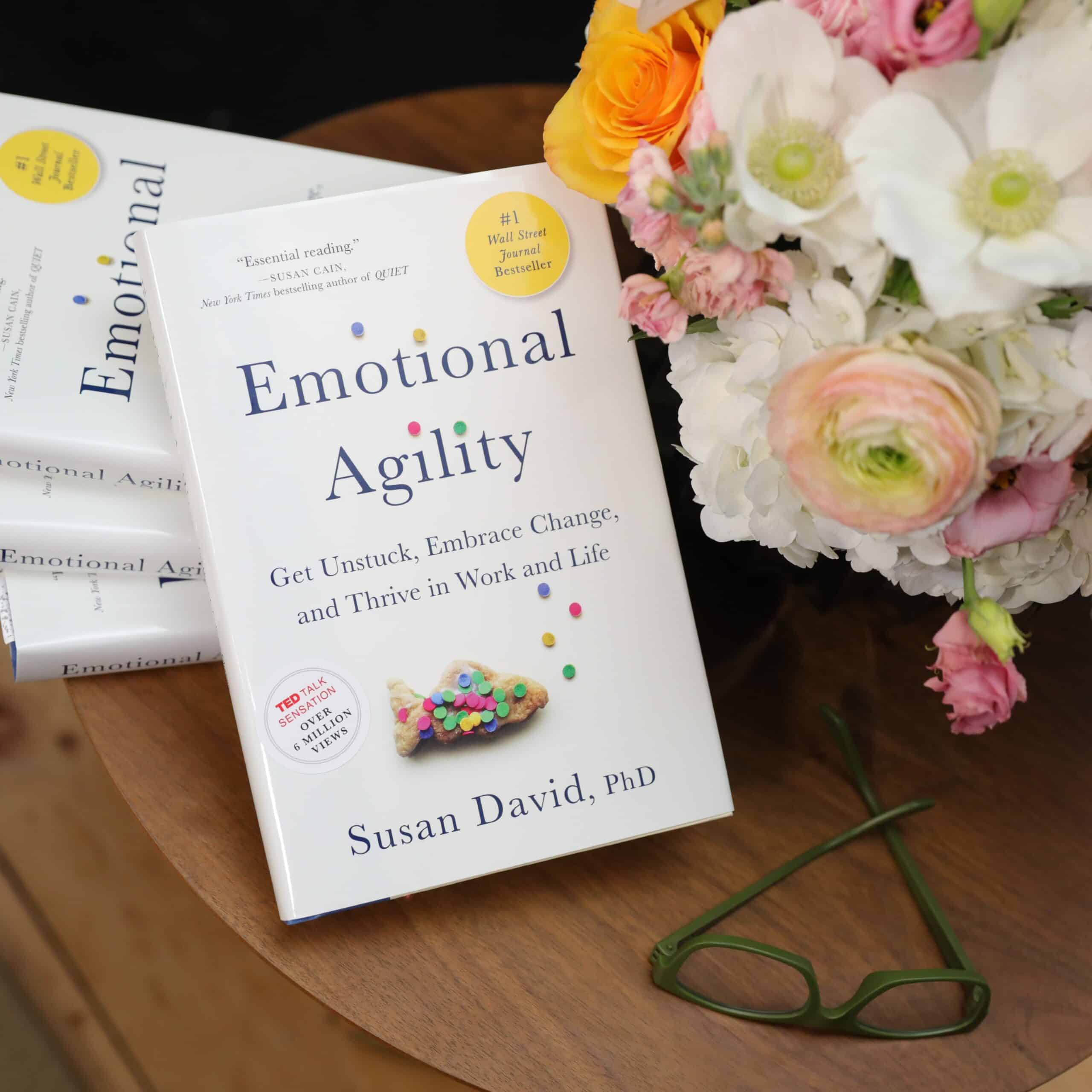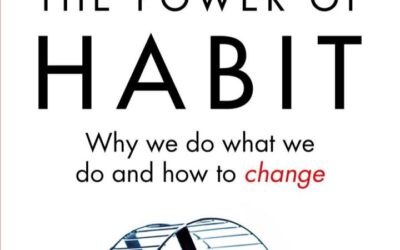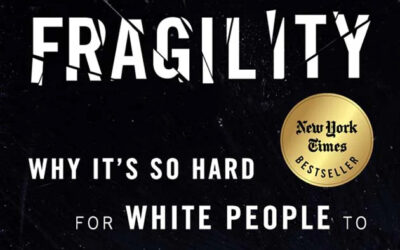“Emotional Agility can help one develop grit, since it allows us to unhook from difficult emotions and thoughts, manage setbacks, and identify our values so we move toward long-term goals worth pursuing. But it also allows us to let go of those goals once they no longer serve us.” Susan David
“Emotional Agility” by Susan David is a groundbreaking exploration into the intricacies of human emotions and how mastering emotional agility can lead to a more fulfilling and authentic life. Further, David introduces the concept of emotional agility as the ability to be flexible with our emotions, allowing us to navigate life’s challenges and changes more effectively.
Emotional Rigidity
The book delves into the pitfalls of emotional rigidity, a state where individuals are stuck in inflexible patterns of responding to emotions. Additionally, David contrasts this with emotional agility, a skill that enables individuals to face their emotions with curiosity and acceptance, fostering resilience and personal growth.
Hooked
One of the key concepts discussed is the notion of being “hooked.” When we are hooked, we are entangled in our thoughts and emotions, unable to detach and see the situation objectively. David identifies premature cognitive commitment as a common pitfall, wherein individuals make hasty judgments and decisions based on their emotional reactions rather than a thoughtful analysis of the situation.
Modes of Thought
Drawing on Daniel Kahneman’s framework, David introduces the two basic modes of thought in the human brain: System 1, the fast and intuitive mode, and System 2, the slow and deliberate mode. Understanding how these systems operate helps individuals gain insight into their emotional responses and make more intentional choices.
Common Hooks
The book identifies four common hooks that can trap individuals: blaming, monkey-mindedness, outgrown ideas, and wrong-headed righteousness. Blaming involves placing responsibility on external factors rather than examining one’s own role, while monkey-mindedness describes a scattered and overwhelmed mind. Furthermore, outgrown ideas and wrong-headed righteousness represent stubborn attachments to outdated beliefs and a refusal to consider alternative perspectives.
David provides practical strategies for unhooking from these patterns. She introduces the concepts of “bottlers” and “brooders” – individuals who either suppress emotions or ruminate excessively. The key is to find a balance, allowing emotions to surface without being overwhelmed or consumed by them.
Stepping Out
“Stepping out” is another crucial aspect of emotional agility. This involves creating distance between us and our thoughts and emotions, enabling a more objective perspective. Techniques such as mindfulness and self-compassion are explored as effective ways to step out and gain clarity.
The author emphasizes the importance of understanding one’s “why” – the deeper values and motivations that guide our actions. What’s more, connecting with our core values provides a strong foundation for making decisions aligned with our authentic selves.
“Emotional Agility” also builds better habits and moves on from unproductive patterns. David provides insights into recognizing signs of being hooked at work and offers practical advice for fostering a healthier emotional environment.
Clear signs you are ‘hooked’ at work are:
- You cannot let go of an idea or of ‘being right’ even when there is an obviously better course of action.
- You stay silent when you know something is going wrong.
- You busy yourself with small tasks without considering the bigger picture.
- You become apathetic.
- You volunteer for only the least difficult assignments or tasks.
- You make backhanded comments about coworkers or projects.
- You rely on assumptions or stereotypes about your colleagues.
- You are not taking agency over your own career development.
Susan David’s “Emotional Agility” is a thought-provoking guide to navigating the complex terrain of human emotions. By embracing emotional agility, readers can develop the resilience and insight needed to lead more authentic, fulfilling lives. The book serves as a valuable resource for those seeking to master their emotions and thrive in an ever-changing world.
“Between stimulus and response there is a space and in that space is choice and with that choice comes freedom and growth.” Viktor Frankl
Mindfulness is a skill that promotes freedom with self-reflection and growth. As effective leaders, our awareness is our superpower to tap into emotional intelligence, adaptability, critical communication skills, empathy, decision-making, credibility, and accountability. We work with leaders at all levels to help them develop their superpowers! Reach out to us at info@leadvantage.ca or visit us at www.leadvantage.ca to learn more!





